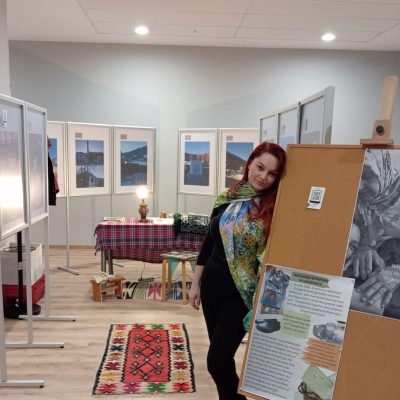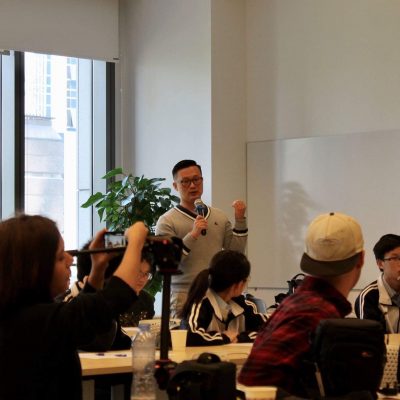Article
Srebrenica Flower, Part of Our Heritage is a project dedicated to preserving and honoring the memory of the 1995 Srebrenica genocide, which claimed the lives of over 8,000 men and boys. The project uses the symbol of the Srebrenica Flower, representing loss, resilience, and remembrance, to explore both personal and collective experiences of this tragedy.
Through storytelling and filming at the Srebrenica Memorial Center and Sarajevo, 2024 Amsterdam Fellow Adisa Čakanović reflects on how the events of the past continue to shape the present. It highlights how personal narratives—rooted in family loss, survival, and strength—contribute to a broader collective memory. By sharing these stories, the project aims to foster reflection on the importance of remembrance and the ongoing impact of the genocide on future generations, ensuring that the truth and lessons of Srebrenica are never forgotten.
The Srebrenica Flower symbolizes loss, resilience, and memory. It stands for the genocide that took over 8,000 lives in July 1995, including members of my own family. This project, Srebrenica Flower, Part of Our Heritage, is not just a reflection on history—it is a deeply personal journey that connects the past with the present, allowing me to explore how these events have shaped who I am today.
I never had the chance to meet my uncles or grandfather. Yet, their absence is a part of me, woven into the fabric of my identity. Through the stories my grandmother shared and the silences my father held, I have inherited not just their pain but also their strength. Visiting their graves made me realize they are not just names on stones—they are a part of me, a reminder that what they went through continues to live within me.
This project is about more than remembering the genocide. It is about how we carry the memories of those who are no longer here. By telling the story of my family, my grandmother’s resilience, and my father’s survival, I hope to show how personal narratives contribute to a collective memory that we cannot afford to forget.
The Srebrenica Flower, small yet powerful, represents the weight of these stories. It is a reminder that though we may be fragile, we are also strong. Through filming at the Srebrenica Memorial Center and revisiting the streets of Sarajevo, I want to capture how this history is not just a part of the past, but a living memory that shapes our present.
This project invites you to reflect on the power of storytelling—not just as a way of remembering, but as a way of keeping the stories alive. By sharing what my family went through, I hope to give meaning to their experiences and contribute to the creation of a collective memory that ensures the truth is never forgotten.
Adisa Čakanović





